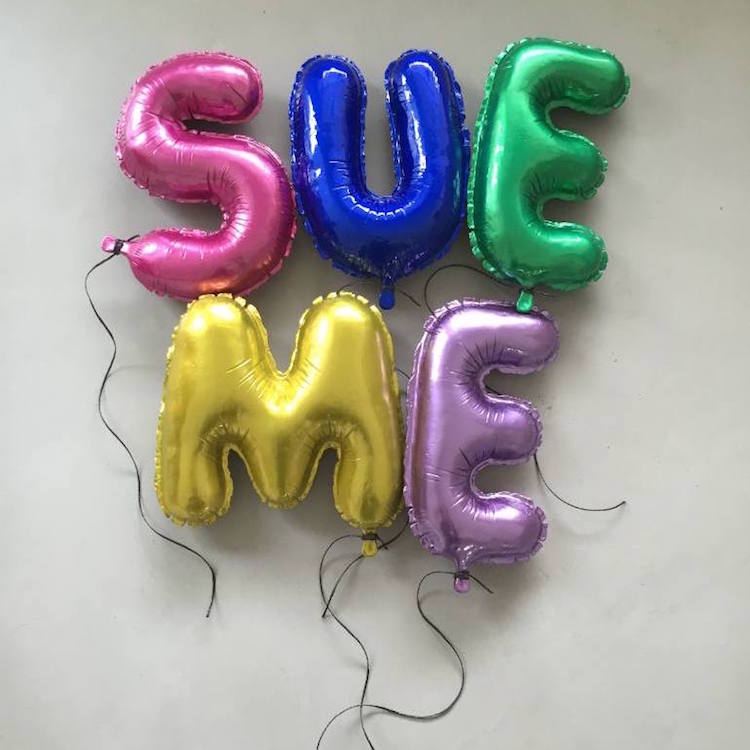Welcome to the latest edition of our new segment Talking Points, which sheds light and opens discussion by amassing related articles on a single topic issue in the worlds of contemporary ceramic art and contemporary ceramics.
This week, our recommended reading list examines intellectual property and copyright laws within the worlds of fine art and contemporary ceramics. This week we’re particularly interested in the following artists, Brett Kern and Sivan Sternbach, who have created ceramic forms of inflatable kitsch. Are they derivatives or fair use of Jeff Koons’ inflatables or iconic balloon animals? When do copyright laws hinder creativity in the name of protecting it?
After reading, we invite you to open up discussion and share your thoughts in our comments section below.
The Artists Rights Society argues copyright protection begins at the time the work is created in a tangible medium:
The copyright in the work of authorship immediately becomes the property of the author who created the work. Only the author or those deriving their rights through the author can rightfully claim copyright.
From Artsy:
Art Copyright, Explained
Ceramic Sculptures by Brett Kern Look Like Inflatable Toys
Playful ceramic sculptures look like inflatable toy dinosaurs
Scatter my Balloons at Bergdorf’s by artist Sivan Sternbach
Ceramics Artist Sivan Sternbach Takes Over Bergdorf Goodman’s Iconic Windows
Sivan Sterbach’s Artist Page Showcasing More of her Works
What do you think of the latest edition of Talking Points, our forum for discussion from the worlds of contemporary ceramic art and contemporary ceramics? We want to hear from you.





Sivan Sternbach’s pieces look less like Jeff Koons’ work than like the balloons Koons copied and Brett Kern’s sculptures look no more like Koons’ work than the inflatable toys they resemble.
This is “fair use by parody,” the losing argument Koons made when sued for copyright infringement by photographer Art Rogers, whose photo Koons appropriated to create “String of Puppies”.
Hope there is not a judge out there who would let any case against Sternbach or Kern survive a motion to dismiss.
Phyllis S.
Ceramic Artist
Attorney at Law
The issue of violating Intellectual Property Law are complex and, as pointed out in the linked article “Art Copyright, Explained”, can be very expensive- both in consuming the time of the artist who chooses to use the copyrighted material, and the party who brings the suit. As an artist who also has some experience in intellectual property law (and NO, I do not practice or pretend to offer advice!), consideration of the use of precious time is a top consideration when moving forward to copy something. Finding time to work on the actual art, not all the other things that are needed to be a successful artist is hard work, and some of it is not the “fun” part. Intentionally choosing to copy someone opens the can of worms to distraction and pits that could distract that real energy to truly create. The creative time is my most precious time, and I value it over all the other time that I spend in my art practice.